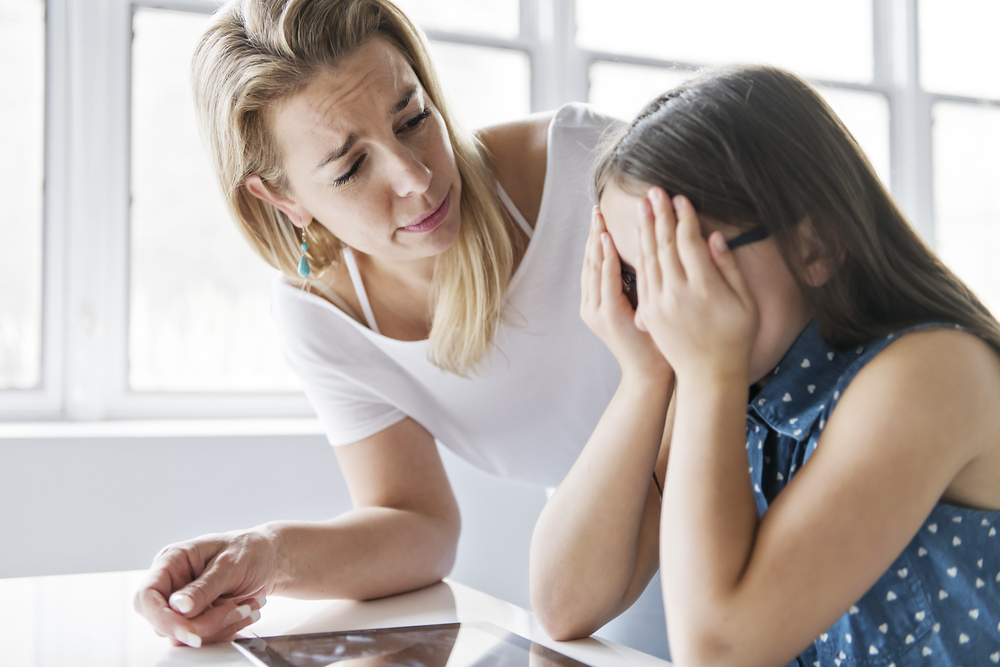Teachers Role in helping students who are being bullied?

Teachers Role – Bullying: A Threat to Student Well-being and Academic Success
What is the Teachers role? We need to understand bullying first. Bullying is a pervasive issue in schools, affecting students of all ages and backgrounds. It is a form of aggression that involves intentional and repeated harm inflicted on a victim by one or more individuals. Bullying can take various forms, including physical, verbal, and cyberbullying.
Forms of Bullying
* Physical bullying: Involves physical harm, such as hitting, kicking, or shoving.
* Verbal bullying: Involves the use of words to harm, such as name-calling, teasing, or spreading rumors.
* Cyberbullying: Involves the use of electronic devices to bully, such as sending hurtful or threatening messages, posting embarrassing photos or videos, or creating fake profiles to harass the victim.
Impact of Bullying
Bullying has a significant impact on students’ mental health and academic performance. Victims of bullying are more likely to experience anxiety, depression, low self-esteem, and difficulty concentrating in school. They may also have physical symptoms, such as headaches, stomachaches, and difficulty sleeping.

Teachers Role in Preventing Bullying
Teachers role is a crucial role in preventing and addressing bullying in schools. They are in a unique position to observe student interactions and intervene when necessary. Effective strategies for teachers to identify and respond to bullying include:
* Establishing clear rules and expectations: Teachers should establish clear rules against bullying and communicate them to students at the beginning of the year.
* Creating a positive and inclusive classroom climate: Teachers can create a positive classroom climate by fostering respect, empathy, and cooperation among students.
* Observing student interactions: Teachers should be observant of student interactions and intervene if they see any signs of bullying.
* Talking to students about bullying: Teachers should talk to students about bullying, its effects, and how to report it.
* Working with parents: Teachers should work with parents to address bullying incidents and provide support to victims.
Supporting the Victim
When a teacher suspects that a student is being bullied, it is important to take the following steps:
* Talk to the student: Talk to the student privately and let them know that you are aware of the situation.
* Listen to the student’s story: Allow the student to tell their story without interrupting.
* Believe the student: It is important to believe the student’s account of the bullying.
* Report the incident: Report the bullying incident to the school administration and follow the school’s bullying prevention policy.
* Provide support: Provide support to the student by offering counseling, academic assistance, and peer support.
Teachers role – Ongoing Support
It is important to provide ongoing support to the victim of bullying. This may include:
* Counseling: Counseling can help the student to process their emotions, develop coping mechanisms, and improve their self-esteem.
* Academic support: The student may need academic support to catch up on missed work or improve their grades.
* Peer support: Encouraging the student to join peer support groups or participate in activities that promote positive peer relationships.
Conclusion – Teachers role
Bullying is a serious problem that can have a devastating impact on students’ lives. Teachers play a crucial role in preventing and addressing bullying by creating a positive classroom climate, observing student interactions, talking to students about bullying, working with parents, and supporting victims. By implementing these strategies, teachers can help to create a safe and supportive learning environment for all students.
Resources for Teachers
* National Bullying Prevention Center: https://www.pacer.org/bullying/
* StopBullying.gov: https://www.stopbullying.gov/
* The Bully Project: https://www.bullyproject.org/

